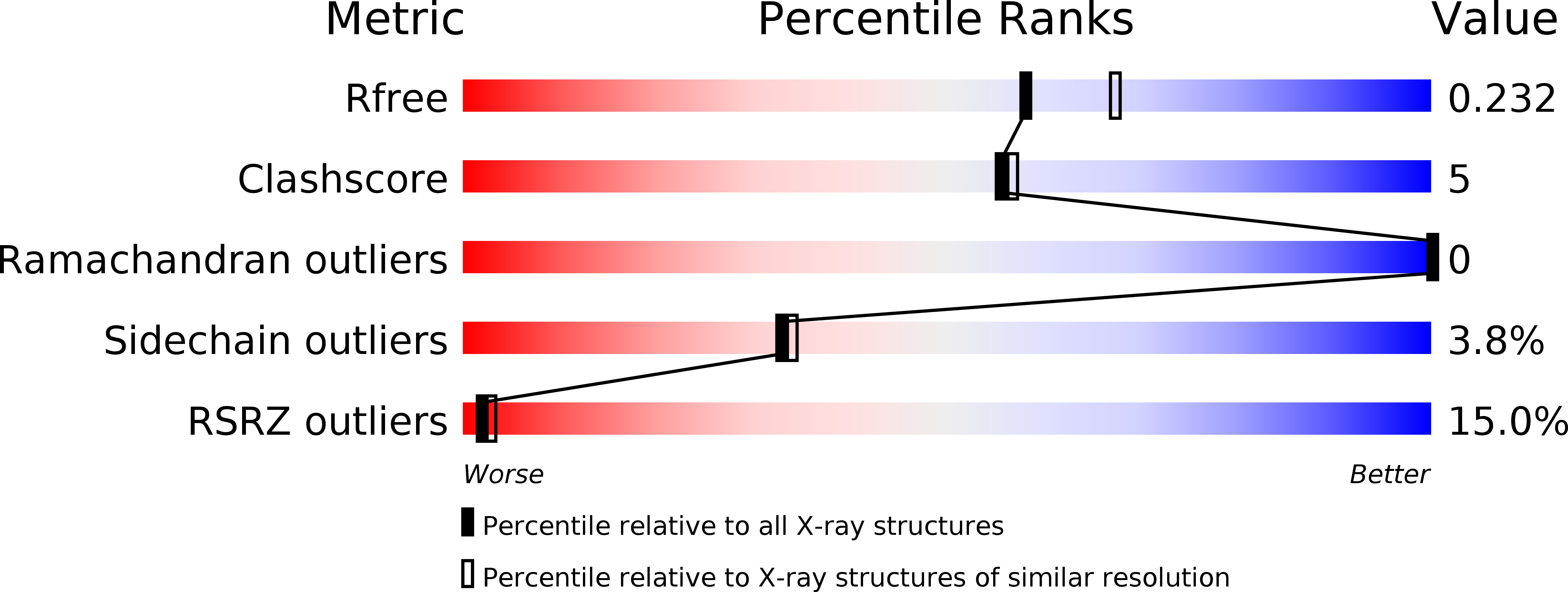
Deposition Date
2017-05-10
Release Date
2018-02-14
Last Version Date
2024-03-13
Method Details:
Experimental Method:
Resolution:
2.10 Å
R-Value Free:
0.22
R-Value Work:
0.20
R-Value Observed:
0.21
Space Group:
P 31 2 1


